 I really get a kick out of doing little things that will pay big dividends.
I really get a kick out of doing little things that will pay big dividends.
So each of these six items offer a little bit of that promise.
Put a few bucks in now and save more money!
What I love about it is that you can run out and buy everything mentioned here and actually be richer in a year!
Yes, you are welcome! 😉
1. “SmartStrip” Surge Protector
If your computer setup is anything like mine you have an overflowing surge protector behind your computer desk that is powering all kinds of peripheral computer devices. This is where the SmartStrip starts to shine.
Whenever you power down your computer, it automatically shuts off everything else – printer, speakers, etc. For avid computer users, and at about $26, this one should easily pay for itself in a year.
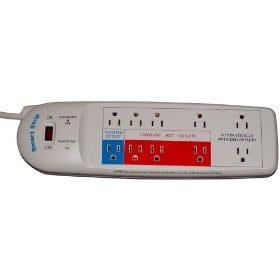
2. Water Heater Blanket or Insulation Kit
Depending on the temperature setting you use and the location of your hot water heater, a water heater blanket or insulation kit can save you 10% or more on your energy bill – which for some would be almost $10 a month.
A quick test to see if you would benefit from having one is to just touch your water heater. If the tank is warm to the touch, you would save money by having a blanket. If you don’t get one, you can also cut your energy bill by lowering the heating temperature on the tank.
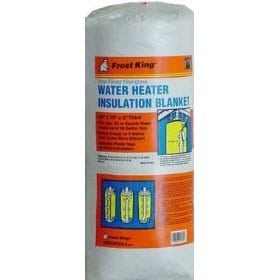
3. Battery Charger
I remember a battery charger I had about 15 years ago and how miserable the batteries were. I had to recharge them just about every day. Thankfully, the technology has advanced quite a bit and if you use a lot of batteries, they can be a very cost-effective investment. Energizer has a charger that charges AA/AAAs for under $14.
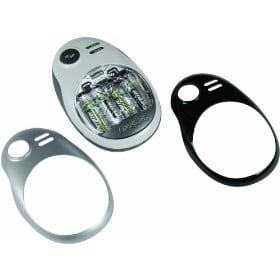
4. LED Light Bulbs
I have to admit – I don’t like LED light. I just enjoy the full spectrum a bit better, but if “a lightbulb is a lightbulb” to you, then you might be able to save a few bucks with some LEDs. From the numbers I have heard about LEDs, the average family can save over $100 a year by making the switch.
5. Programmable Thermostat
Having a programmable thermostat is the easiest way to lower your heating and cooling costs. And having the house temperature right where you want it every hour of the day isn’t bad either. You can find programmable thermostats as cheap as $20 – at that price, it would probably pay for itself many times over in a year.
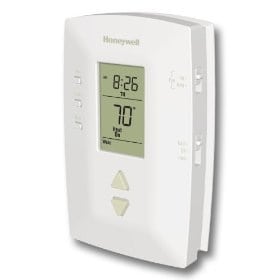
6. Water-Saving Shower Head
Regular shower heads can release as much as 6 gallons per minute (GPM) and some of the shower head manufacturers have figured out how to let much less water through, but make it still feel like a lot.
This particular one flows at 1.85 GPMs. By making the switch, “you’ll skip heating 15,000 gallons of extra water each year, reducing your energy cost of heating water and water consumption by a whopping 50 percent.”
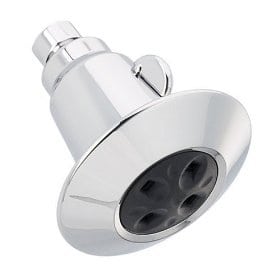
Need more? Check out these 25 money saving gadgets and 8 gadgets to save money and go green.
What’s your favorite money-saving item? Leave a comment!




